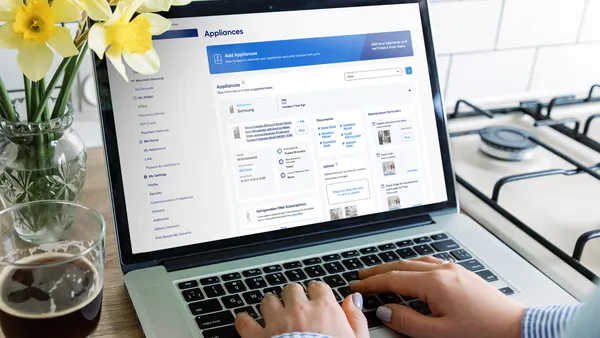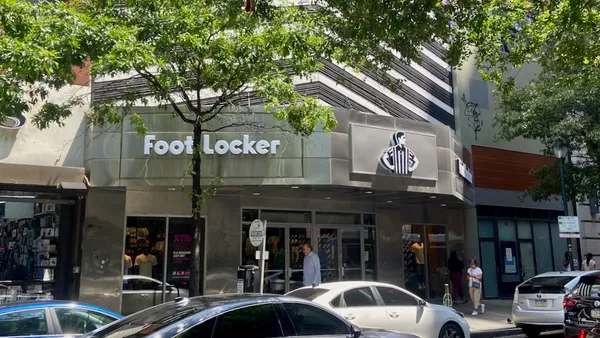Dive Brief:
-
Retailers’ social media activity is far better than their websites or search engines at getting shoppers to convert or try new things, according to a report from digital marketing vendor Epsilon Data Management LLC.
-
For its “Digital Shopping Tool Impact Study 2015,” Epsilon looked at what prompted shoppers to try new brands and products, and the top influencers were: retailers’ social media usage (29%), brands’ social media usage (28%), printable coupons (23%), daily deal sites (22%), and friends’ social media posts (21%).
-
While consumers may use a retailer’s site more often, social media, apps, and even coupons are more likely to influence their shopping and decision-making in 10 areas of the shopping process, including what store they visit and their amount of unplanned purchases. The top five digital tools, according the report, are retailers’ social network posts and pages (35%), price comparison sites (35%), shopping apps (34%), brands’ social network posts and pages (33%), product reviews (33%), printable coupons (32%).
Dive Insight:
Epsilon’s report shows how badly an in-depth understanding of consumer behavior is needed, especially as consumers increasingly use a variety of tools to research products or connect with brands. Certainly, it’s not good enough to count visits or measure search; the picture must include what tools influence behavior, even if those tools are used sporadically over time.
But that doesn’t mean that the “buy button”—the current “shiny object” when it comes to social media and retail—is the answer, says Forrester Research analyst Sucharita Mulpuru. Mulpuru says that the current focus on social media’s “buy buttons” may be misplaced.
“In fact, I’d argue the biggest opportunity from social networks isn’t sales but the data around what keywords and images are trending,” she writes in her blog. “These are crucial demand signals that merchants don’t always get on their own.”
Shoppers may be influenced by a brand’s social media activity, for example, and coupons or friends’ social media activity could augment that.
"Digital tools have changed, and continue to change, the ways we shop," the report states. "Mobile tools, in particular, break shopping into manageable 'chunks' that are accomplished during a series of short downtime periods—sometimes occurring over an extended span of time. This can open up new sales opportunities to reach shoppers with the right offer at the right time."
Staying on top of social media activity and providing content are, according to this survey, more important than many retailers may realize. “It’s that very ‘element of surprise’—that ability to insert itself into nonshopping life and friendly conversations—that makes it so influential,” the report says.














